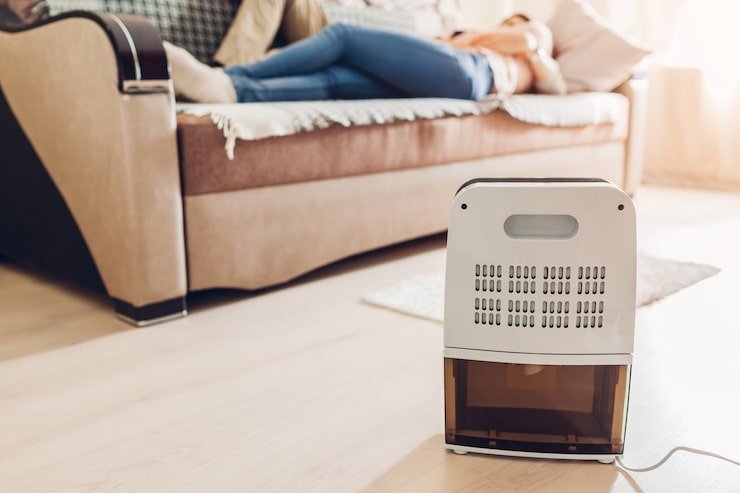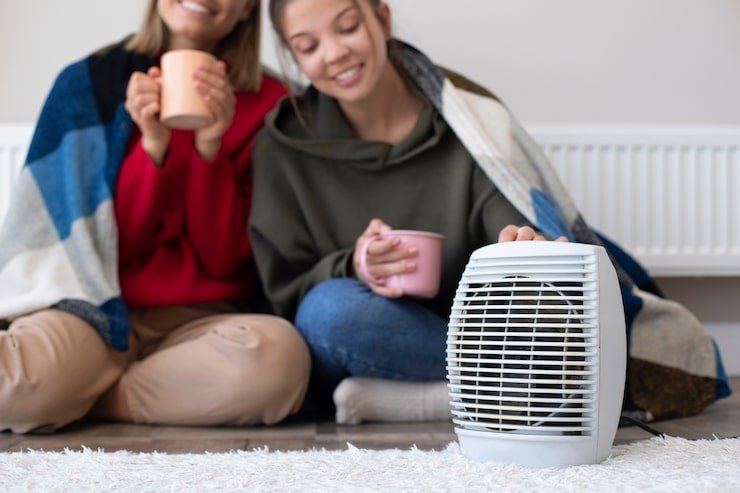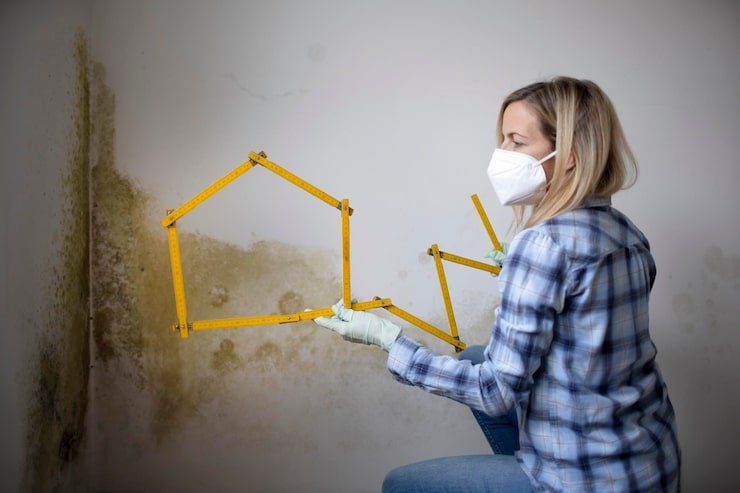The Hidden Dangers of Mold in Your Home
- admin323029
- Blog

The Hidden Dangers of Mold in Your Home
When we think about the health and safety of our homes, we often focus on obvious issues like structural damage or pest infestations. However, one silent intruder can pose significant risks to both your property and your health: mold. Often unseen and underestimated, mold can thrive in hidden corners of your home, quietly impacting your well-being for years without detection.
Symptoms of Mold Exposure
Mold exposure can manifest in a variety of symptoms, many of which mimic common illnesses, making it difficult to identify as the root cause. These symptoms include:
- Respiratory Issues: Persistent coughing, wheezing, or difficulty breathing are often associated with mold exposure, particularly for individuals with asthma or allergies.
- Allergic Reactions: Sneezing, runny nose, and itchy eyes may occur even in individuals without known allergies.
- Skin Irritation: Rashes or hives can develop after coming into contact with mold-contaminated surfaces.
- Chronic Fatigue: Mold exposure can lead to unexplained tiredness and a general feeling of malaise.
- Headaches and Migraines: Frequent headaches, often accompanied by sinus pressure, are a common symptom.
- Neurological Symptoms: Long-term exposure may result in difficulty concentrating, memory issues, or mood swings.
These symptoms are often mistaken for seasonal allergies, colds, or stress, allowing mold to go unnoticed in your home for extended periods.
How Mold Goes Undetected
Mold thrives in environments with high humidity and moisture, such as bathrooms, basements, and areas around leaks. Because it often grows in hidden places—behind walls, under flooring, or in attics—it’s easy to miss.
Common causes of hidden mold include:
- Undetected Leaks: Small leaks in plumbing or roofing can create ideal conditions for mold growth.
- Poor Ventilation: Inadequate airflow in areas like kitchens and bathrooms can lead to moisture buildup.
- Flooding or Water Damage: Even after visible water is removed, moisture can remain trapped in materials like drywall or insulation.
- Humidity: Consistently high indoor humidity levels above 60% can encourage mold growth.
Without routine inspections, mold can spread extensively, damaging your home and becoming increasingly costly to address.
The Importance of Professional Mold Inspections
Given how easily mold can evade detection, professional mold inspection and testing are essential. Certified inspectors use specialized tools to identify mold in hidden areas and measure air quality to detect airborne mold spores. Early detection not only protects your health but also helps prevent costly damage to your home.
At Elite Home Inspections, we specialize in thorough mold inspections and testing, offering peace of mind and actionable solutions. If you suspect mold in your home or are experiencing unexplained health symptoms, don’t wait. Contact us today to schedule an inspection and safeguard your home and health.
Take Action Today – The Hidden Dangers of Mold in Your Home
Mold might be invisible, but its effects are all too real. Protect your home and loved ones by staying proactive. Address leaks promptly, maintain proper ventilation, and consider regular mold inspections as part of your home maintenance routine. Remember, when it comes to mold, what you don’t see can hurt you.
Are you worried about the cleanliness of your space?
Let us help you! Cleaning services are our specialty, and we offer a complete range of cleaning and maintenance services. Get a free estimate!




